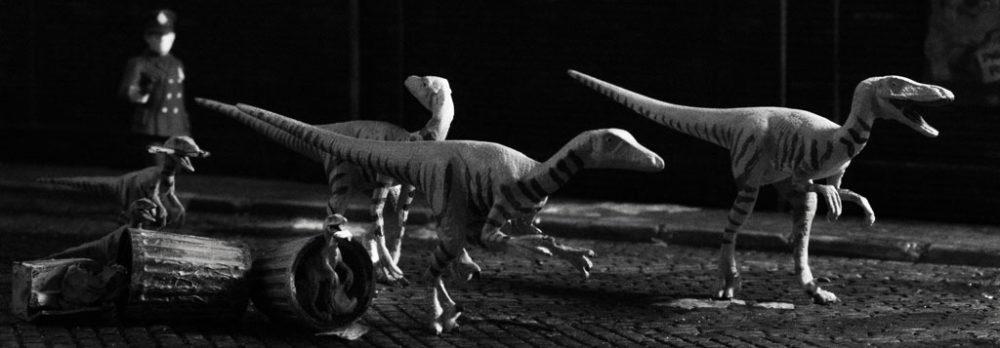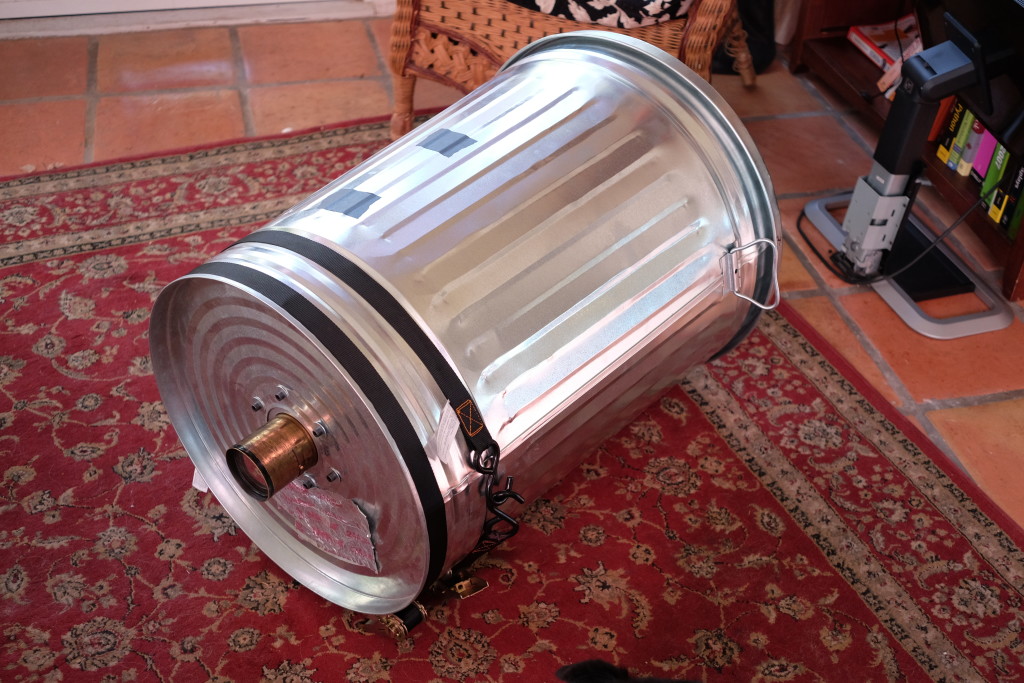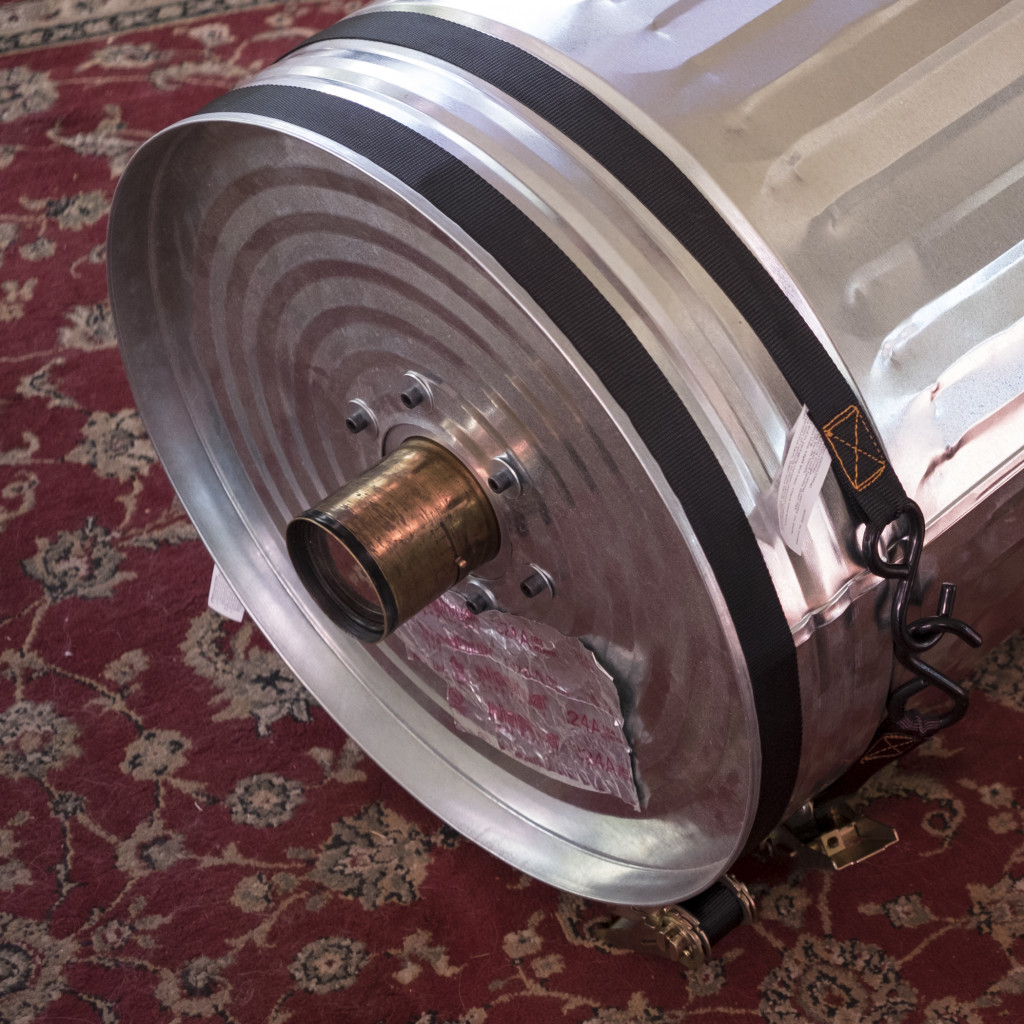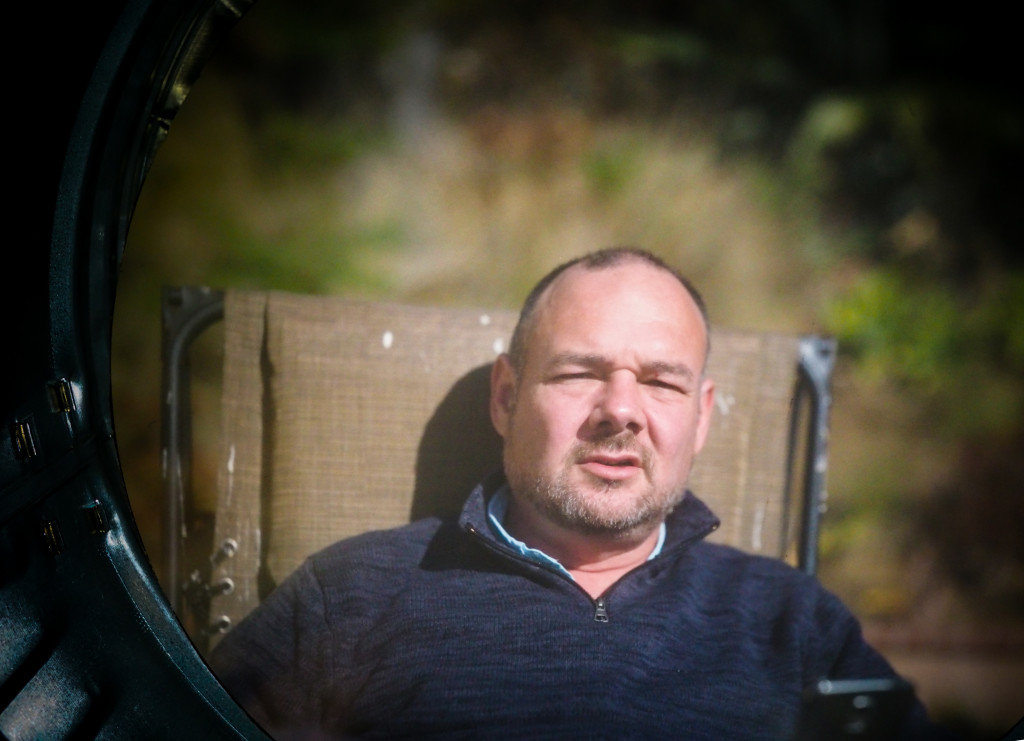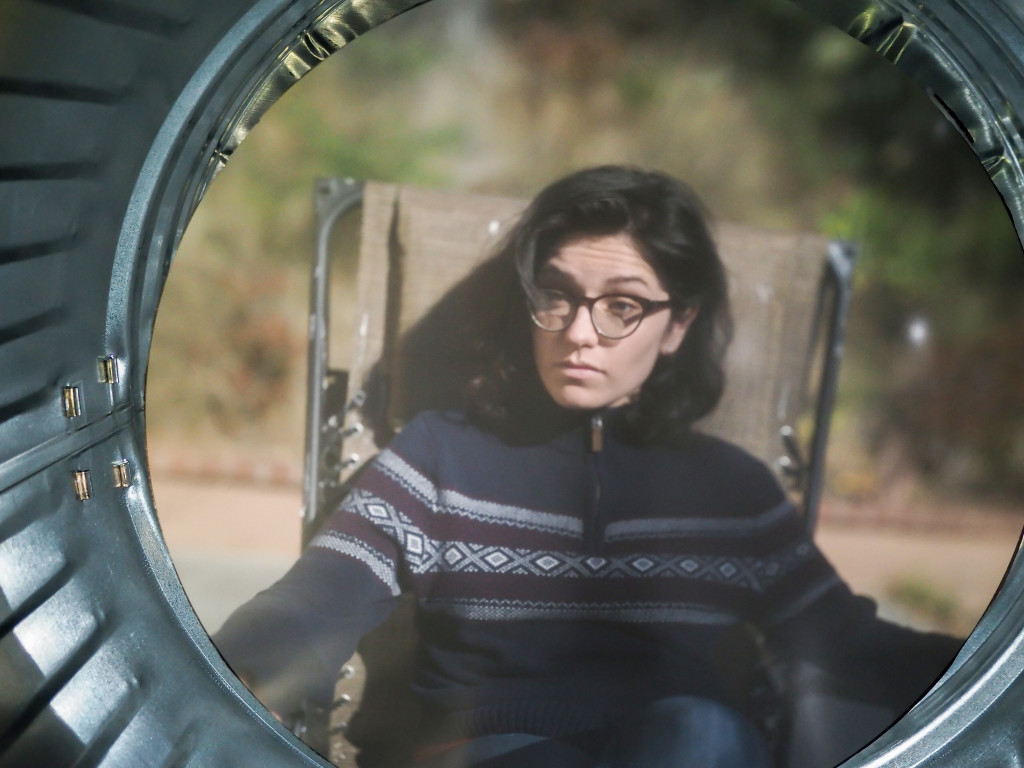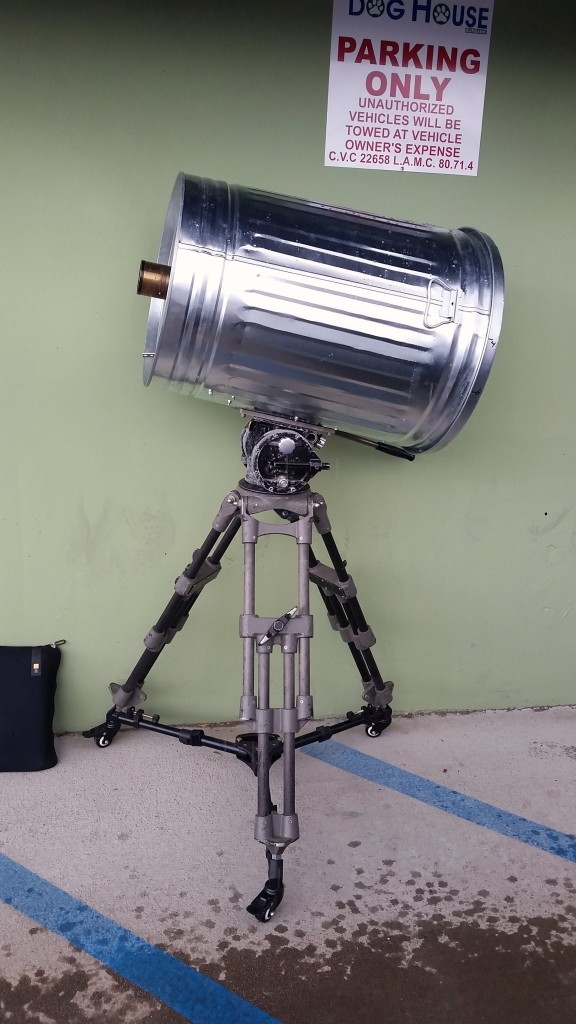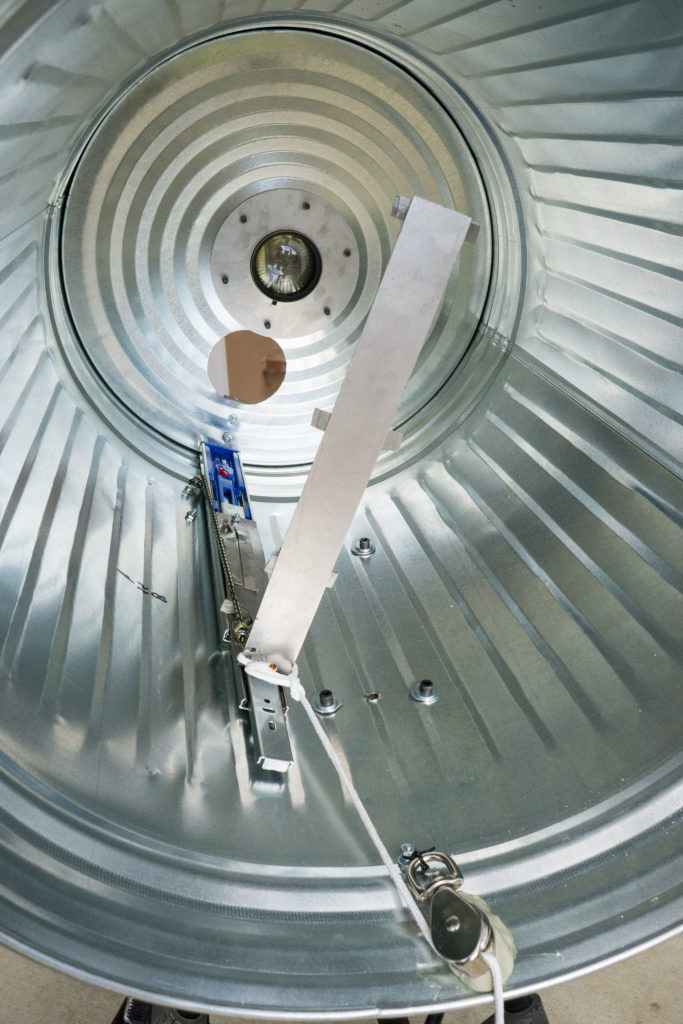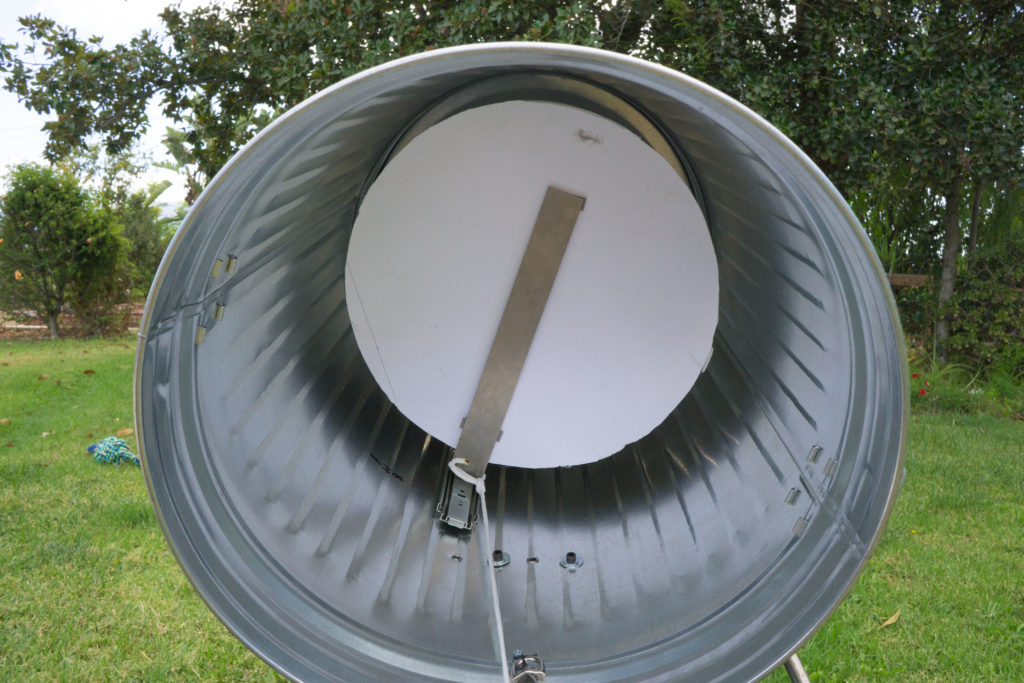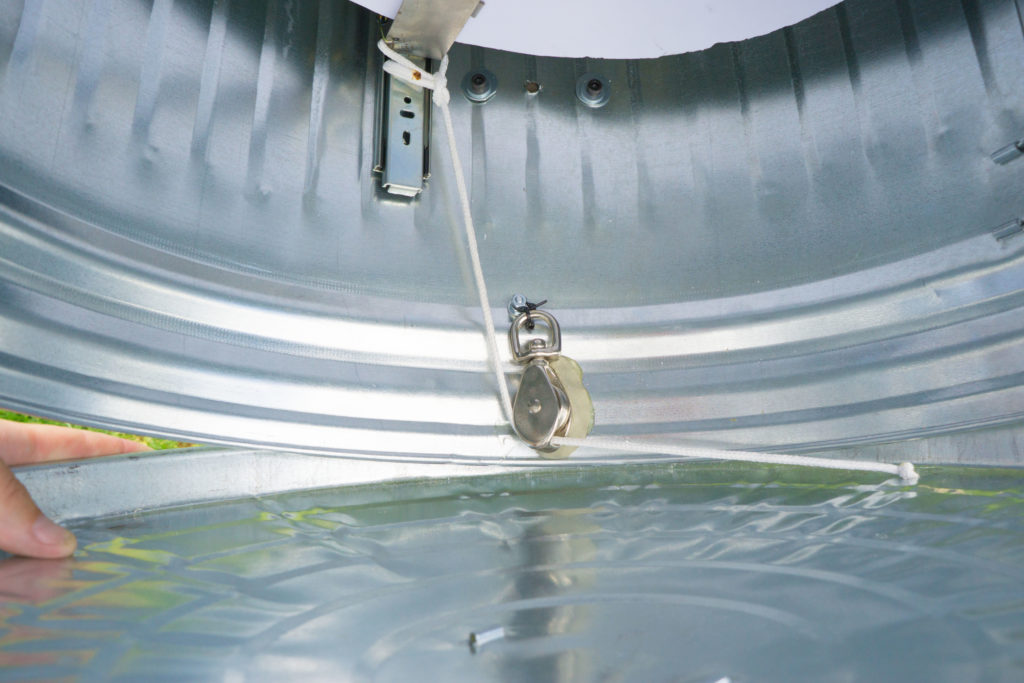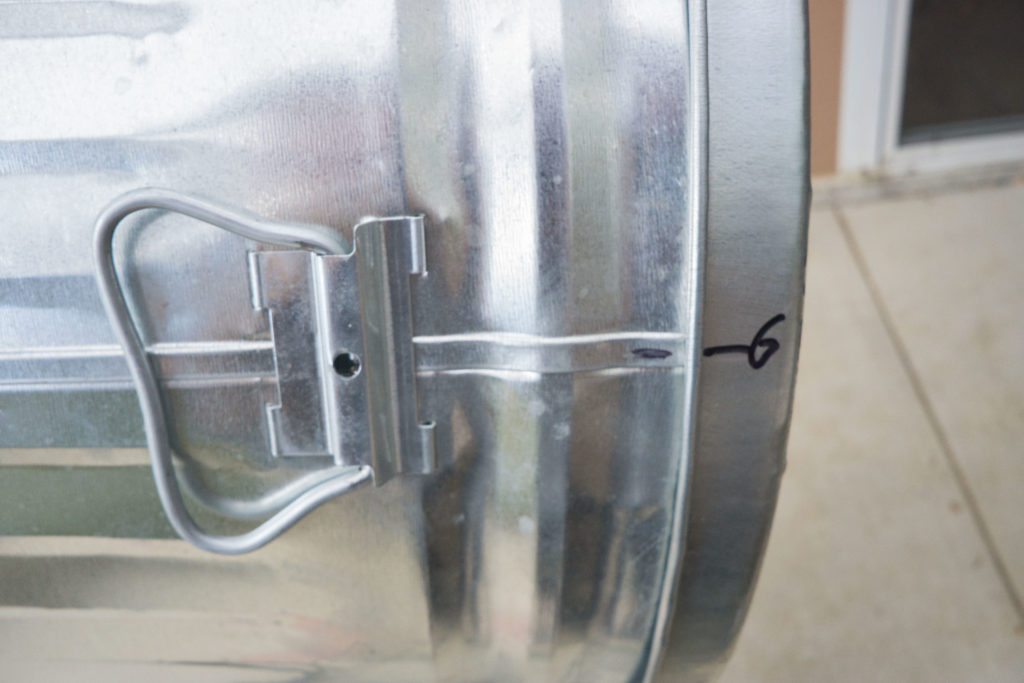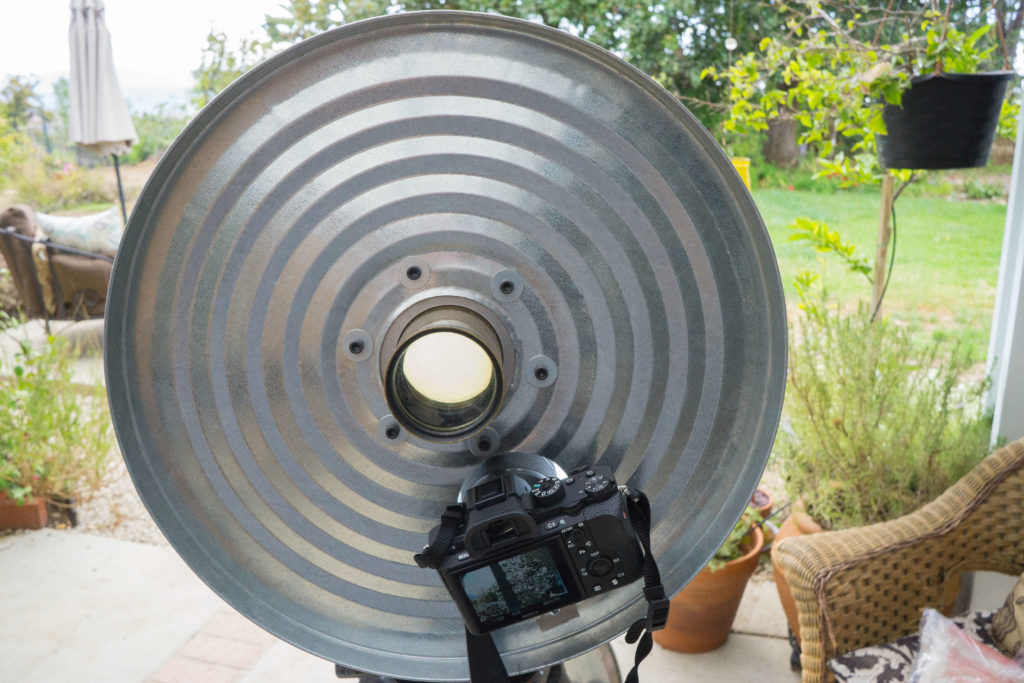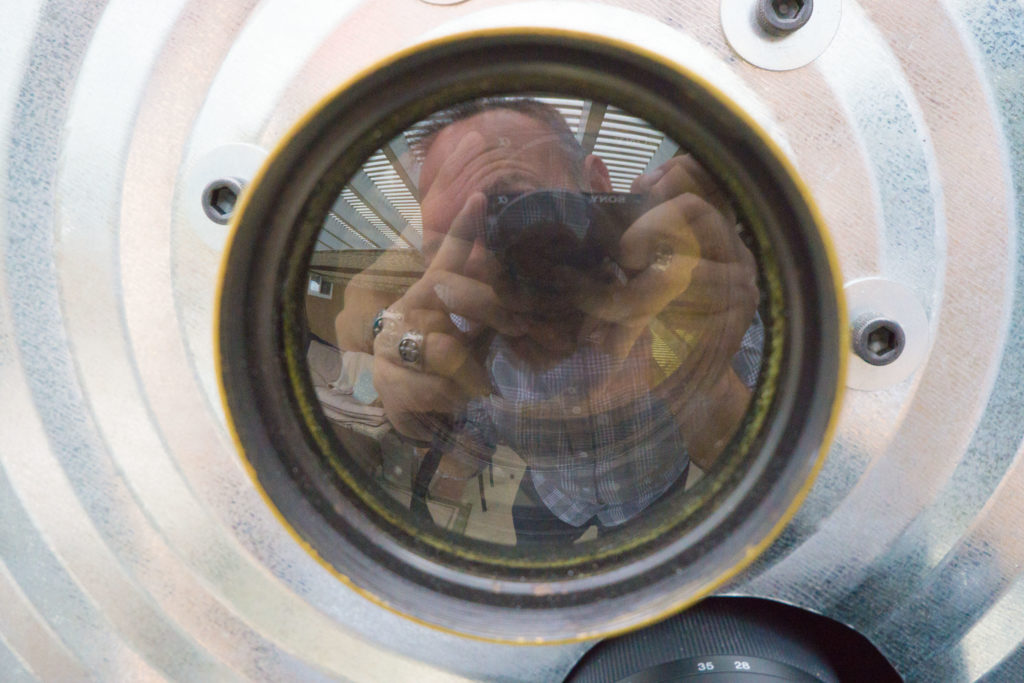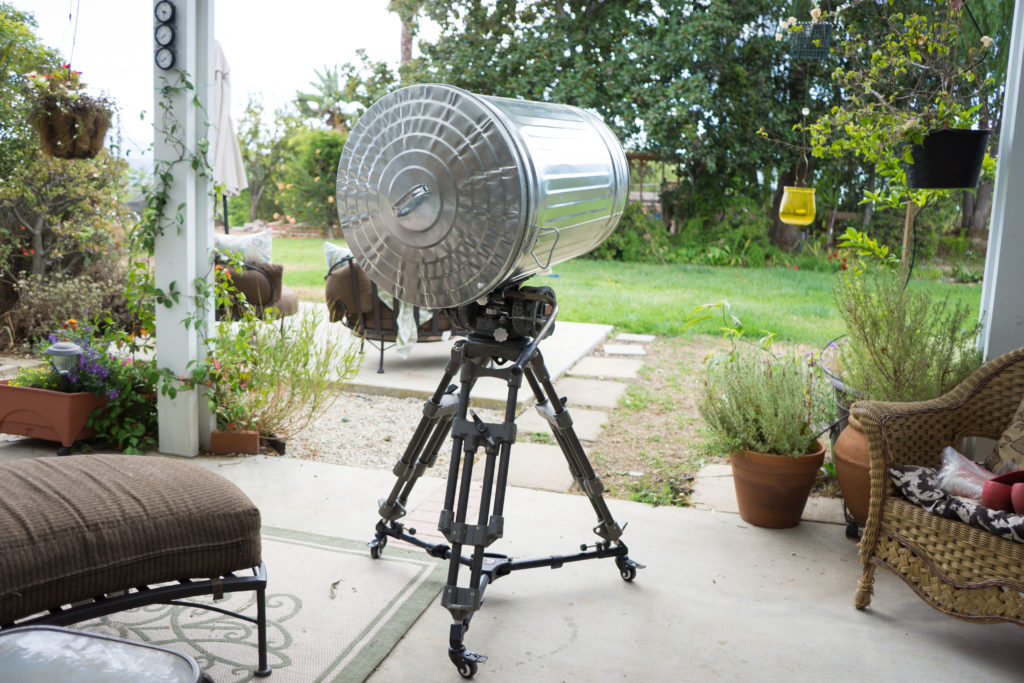The trash cam was an attempt to find an inexpensive housing for a large format lens. My Friend Andy Romanoff and myself have been on a quest to work with large format lenses in a digital media.
Theory of operation is simple:
Image formed by large format lens illuminates an image plane. This plane is made of Gatorboard and retroreflective spray paint.
Sony A7SII, located just under large format lens, looking into the body of the trashcam captures the image formed on the retroreflective plane.
Focus is achieved by moving the image plane and refocusing the Sony A7SII. A series of ropes, pulleys, bungee cords and drawer slides allows the image plane to move by rotating the lid of the trash can.
Digital parallax correction fixes the keystoning from the tilt of the A7SII.
Additional details follow.
Drawer slide, Bungee cord, rope, pulley. The bungee loads the drawer slide to the front(infinity focus.) Turning the lid pulls the drawer slide towards the rear (close focus.) The hole allows the lens of the A7SII to protrude into the body and capture the image on the retroreflective surface(see below.)
The image plane (effectively the sensor) show here at roughly infinity focus. The opposite side is painted with retroreflective paint.
The pulley allows rotation of the lid to pull the drawer slide towards close focus.
Permanent marker is used to show footage marks by the witness line (trash can seam.)
The Sony A7SII sits on the front (the bottom of the trash can,) and looks towards the retroreflective Gatorboard.
The imaging lens is ancient, unmarked, has separating elements(with cracking balsam) and of course, no AR coatings. Repeated heating and oil soaking have not let the threads yield, so I have not yet been able to service the iris, so I leave it wide open, so I don’t buckle the blades.
Use can tend towards cumbersome, but the etherial look of the ancient lens is worth it.
